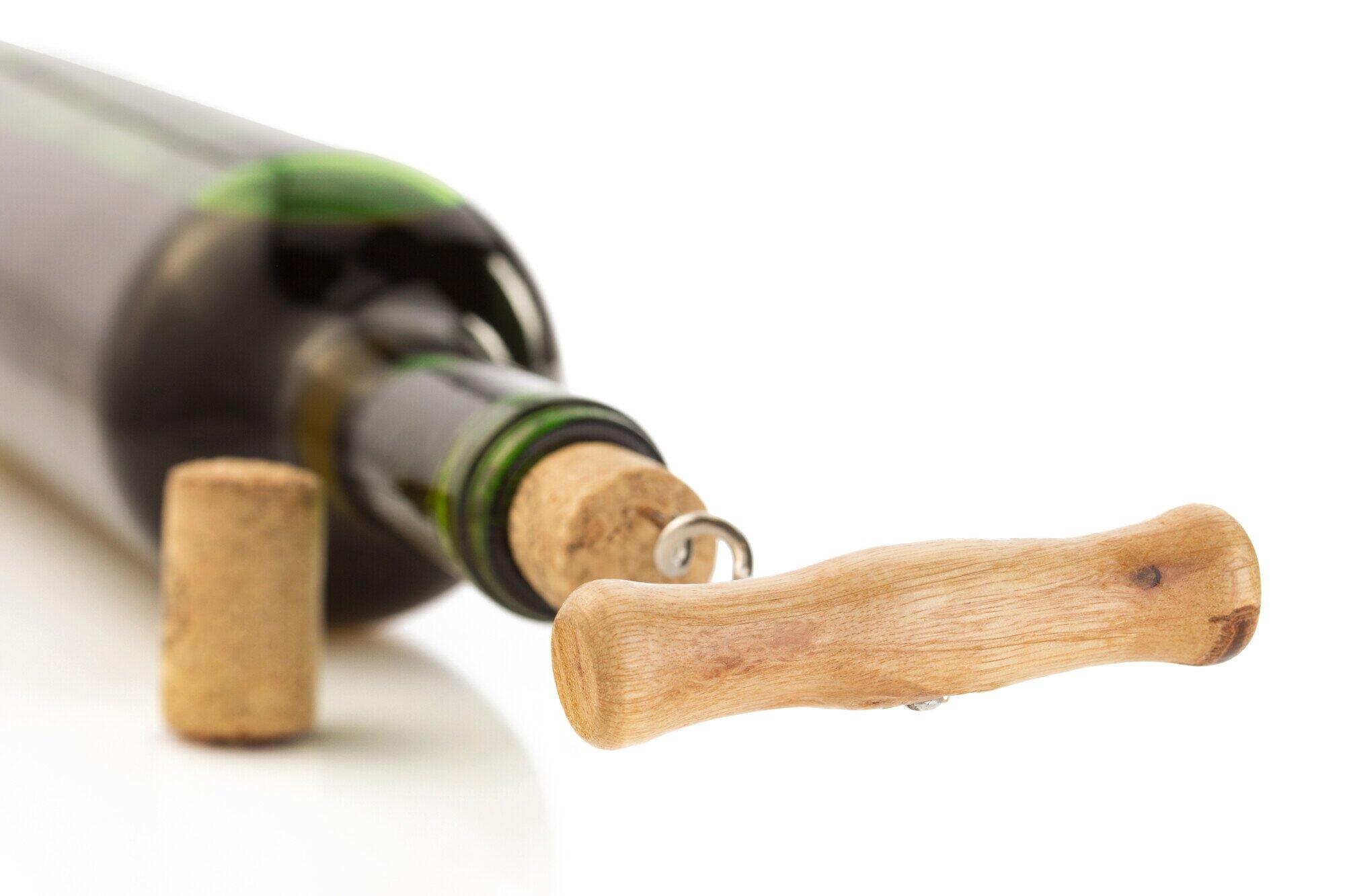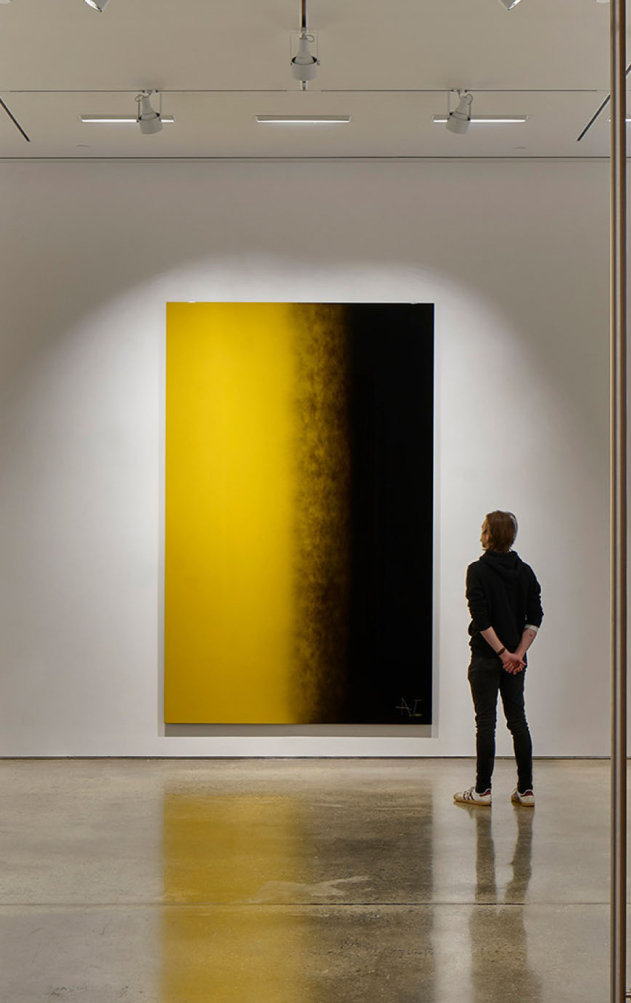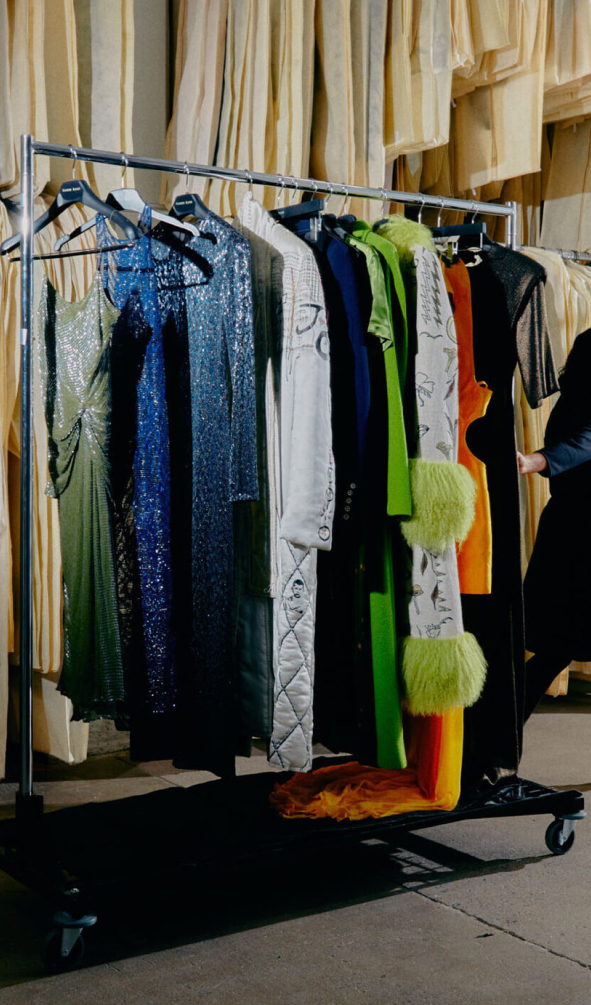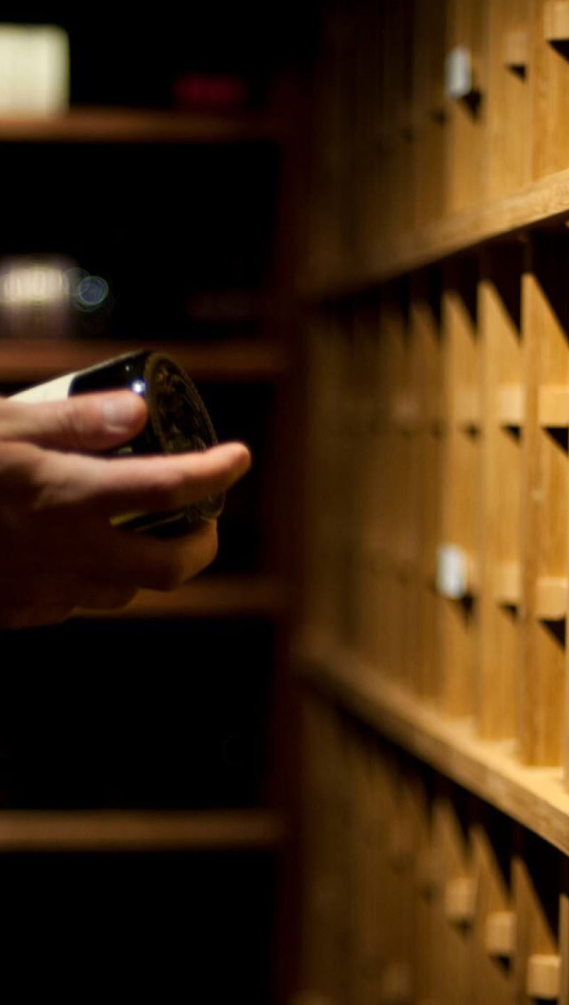
A new national study from WineAmerica estimates the wine industry’s overall economic impact at over $323 billion. Beyond its substantial contribution to the domestic economy, wine is also a cherished collector’s item, valued for both its cultural significance and investment potential. For collectors and enthusiasts alike, protecting that investment hinges on proper storage conditions.
Among all storage factors, wine storage humidity is one of the most crucial. The right moisture levels keep corks in good condition. This, in turn, determines whether wines age gracefully or deteriorate prematurely.
This quick guide explores how humidity impacts cork performance and offers practical tips to help you protect your investment in wine.
The Science Behind Cork and Humidity
Cork comes from cork oak trees. It contains a waxy substance called suberin that resists water but lets some air through. This special structure lets cork expand and shrink based on humidity levels.
When humidity stays at the right level, cork keeps its stretch and sealing power. The material slowly takes in and releases moisture. This creates a stable barrier between your wine and outside air. But this process needs steady humidity to maintain wine quality.
Cork has millions of tiny air pockets inside. These pockets react to moisture changes. They help cork keep its shape and sealing ability when humidity stays in the right range. Understanding this natural process is key to creating the perfect wine cellar environment.
Wine Storage Humidity: Optimal Storage Requirements
Effective wine storage keeps humidity between 60-70%. This range keeps cork moist enough to seal properly. It also prevents too much moisture that causes mold or damages labels.
Humidity below 50% is dangerous for cork quality preservation. When air gets too dry, cork shrinks and loses its stretch. This shrinking creates tiny gaps that let air into the bottle. The extra air speeds up oxidation and ruins the wine’s taste.
Humidity above 75% creates different problems. Too much moisture grows mold and can lead to cork over-wetting. Wet cork may seem good, but it loses strength and can break apart when you open the bottle.
The Consequences of Improper Humidity
When humidity levels move outside the optimal range, cork suffers immediate and long-term damage. Both too little and too much moisture create serious problems for wine collectors. Understanding these consequences helps you recognize warning signs and take action before damage occurs.
Low Humidity Damage
Dry air makes cork lose moisture slowly. When wine storage conditions lack sufficient humidity, these things may happen:
- Cork shrinks and loses its seal
- Wine oxidizes faster and tastes bad
- Cork taint can develop
- Wine ages too quickly and loses character
- Wine evaporates through loose seals
As cork dries out, it gets smaller and may pull away from the bottle neck, creating spaces for air to get in. The extra oxygen changes the wine’s chemical makeup and alters its flavors.
High Humidity Problems
Too much humidity causes different but equally serious problems. Mold grows easily when humidity stays above 75%. While mold rarely affects wine directly, it destroys valuable labels and creates unhealthy storage conditions.
High humidity also changes cork in different ways from low humidity. Instead of shrinking, cork may expand too much. This makes bottles hard to open and can cause cork pieces to fall into the wine. Labels may also fall apart, reducing both beauty and resale value.
Humidity’s Impact on the Wine Aging Process
The wine aging process needs controlled conditions. Humidity plays a supporting but vital role. Proper humidity levels ensure wine ages as the winemaker intended. This allows complex chemical changes to happen slowly over time.
When humidity stays stable in the right range, cork maintains steady permeability. This allows the tiny amount of oxygen exchange needed for proper aging. It prevents too much oxidation at the same time.
Changing humidity levels disrupt this delicate balance. Even if average humidity stays acceptable, frequent changes stress the cork material. This stress can cause tiny cracks or changes in permeability that affect aging in unpredictable ways.
Practical Recommendations for Maintaining Cork Integrity
Wine collectors can take specific steps to protect their collections from humidity-related damage. Below are some wine storage best practices to help maintain cork integrity:
Daily Monitoring and Control
Proper wine storage requires constant monitoring of conditions. Start by installing a reliable hygrometer in your storage area. Check and record readings daily. This helps you spot problems before they damage your wines.
Keep humidity levels between 60-70% at all times. If levels drop below 60%, add moisture with a humidifier designed for wine storage. If humidity rises above 70%, use a dehumidifier to remove excess moisture. Never let levels swing wildly between extremes.
Digital hygrometers give accurate humidity readings. They should be calibrated regularly to ensure precision. Many modern devices include data logging that tracks humidity changes over time. Where you place monitoring equipment matters for accurate readings.
Hygrometers should be positioned at wine level, not on walls or ceilings. Readings at the wine level reflect actual conditions around stored bottles. Multiple monitoring points give a better view of storage environment consistency.
Storage Environment Optimization
Store bottles on their sides to keep corks moist from the wine inside. This provides backup moisture even if air humidity drops temporarily. Check your storage area for air leaks around doors, windows, or vents. Seal any gaps that let outside air change your controlled environment.
Consider investing in professional storage if maintaining consistent conditions becomes difficult. Many professional facilities have backup systems and expert monitoring that home storage cannot match. This investment protects valuable collections from costly humidity damage.
Protect Your Wine Collection With Professional Storage
Proper wine storage humidity is essential for successful wine collecting and aging. Understanding how humidity affects cork integrity helps collectors make smart decisions about storage solutions. The relationship between moisture levels and cork performance directly influences wine quality and long-term value.
Professional wine storage facilities like UOVO Wine maintain optimal humidity levels with expertise and advanced equipment. Our state-of-the-art, climate-controlled wine storage facilities are maintained at 55°F and 70% average relative humidity, ensuring proper environmental protection for your collection.
Ready to protect your collection with reliable wine storage solutions? Talk to us to discuss your specific needs.




